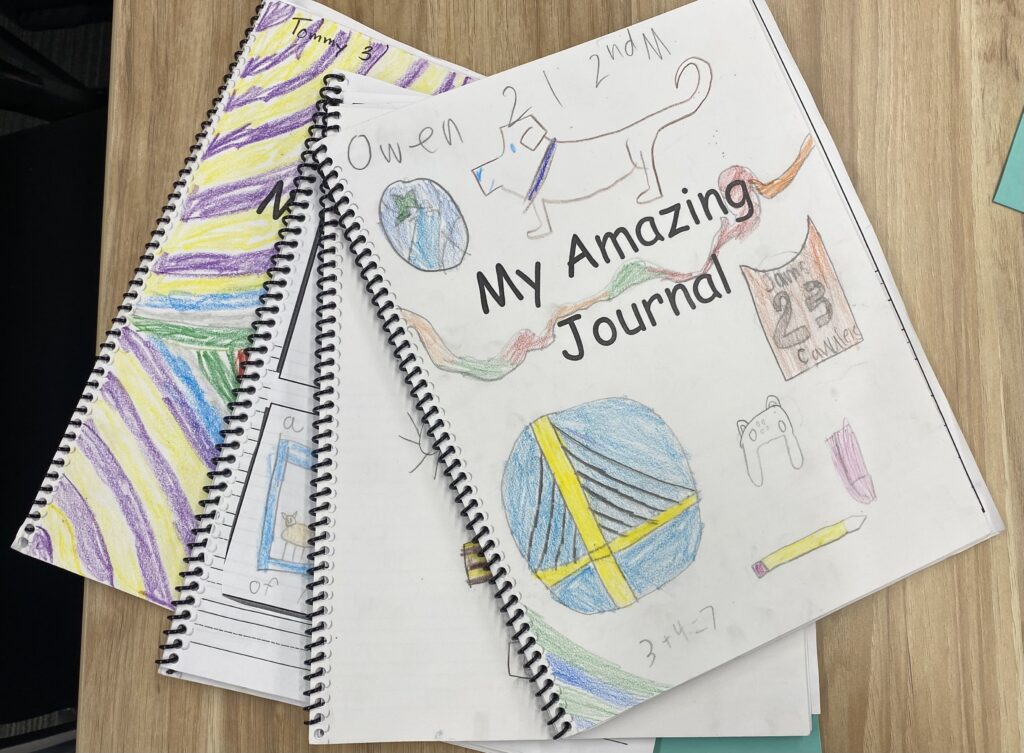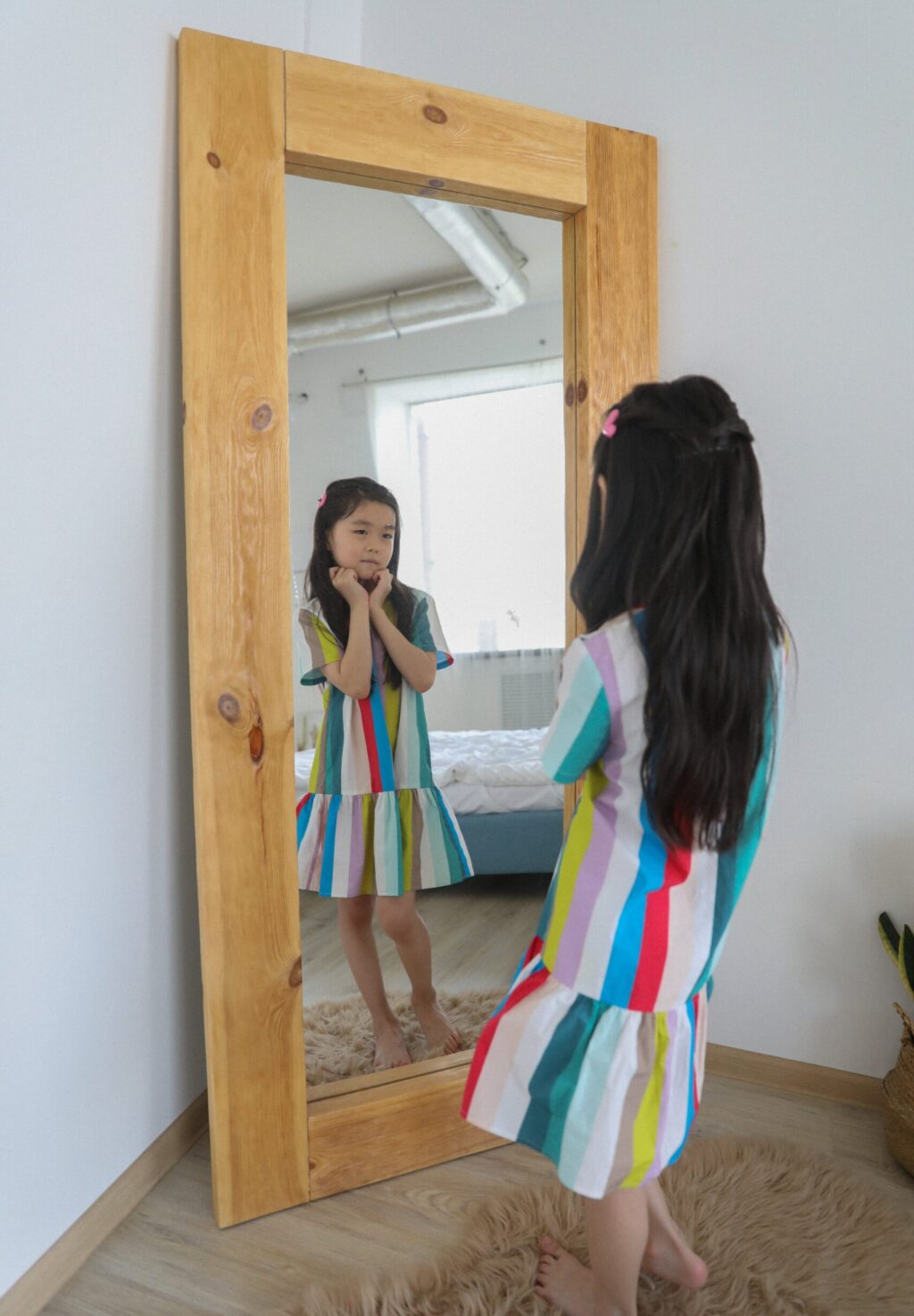
“It’s not always about the whole… sometimes it’s about creating a mirror for the 1.”
– Kalin Farrell, 1st grade AmazeWorks teacher
At AmazeWorks, we often talk about the power of positive Windows and Mirrors when it comes to stories. This idea, however, is not ours. We’ve borrowed from the work of Dr. Rudine Sims Bishop, whose 1990 article, Mirrors, Windows, and Sliding Glass Doors, gave us the language to describe these kinds of connections and the research to support their importance. In her work, she describes how children need positive mirrors – ways to see themselves positively reflected in stories – to experience belonging. This is extremely powerful for children with marginalized identities. Dr. Bishop also talks about the importance of windows – ways to see into the lived experience of someone different from them – to build empathy and respect across differences, which is important for all, but particularly necessary for children with dominant identities or in classrooms with little visible diversity.
AmazeWorks has been fortunate enough to work with two different cohorts of elementary school teachers from ISD 197 – West St. Paul-Mendota Heights-Eagan this year as part of an 18-hour Training Academy centered around Anti-Bias Education training and the AmazeWorks Elementary Curriculum. In each cohort, teachers are asked to complete an action research project. Some teachers gave intentional lessons on what it means to find Windows or Mirrors in the AmazeWorks Curriculum’s books and lessons. Then, they asked their students to respond after each book and lesson to identify if the book/lesson was a window or a mirror for them. They’d also ask students to describe what a window and a mirror are, showing their full understanding of this powerful way of connecting to the stories.


Stories hold power, and when we can connect our story to or learn something new from someone else’s story, that power becomes magnified. These connections provide positive connections for children, leading to greater empathy and understanding and a respect across differences, and thus more belonging. When children are able to make connections with the text, they are also more likely to find belonging as a reader, thus boosting their confidence and literacy skills.
To find children’s books on specific racial identities, visit the AmazeWorks shop. To find various book lessons on different children’s books, scan our Hot Topics for valuable resources.